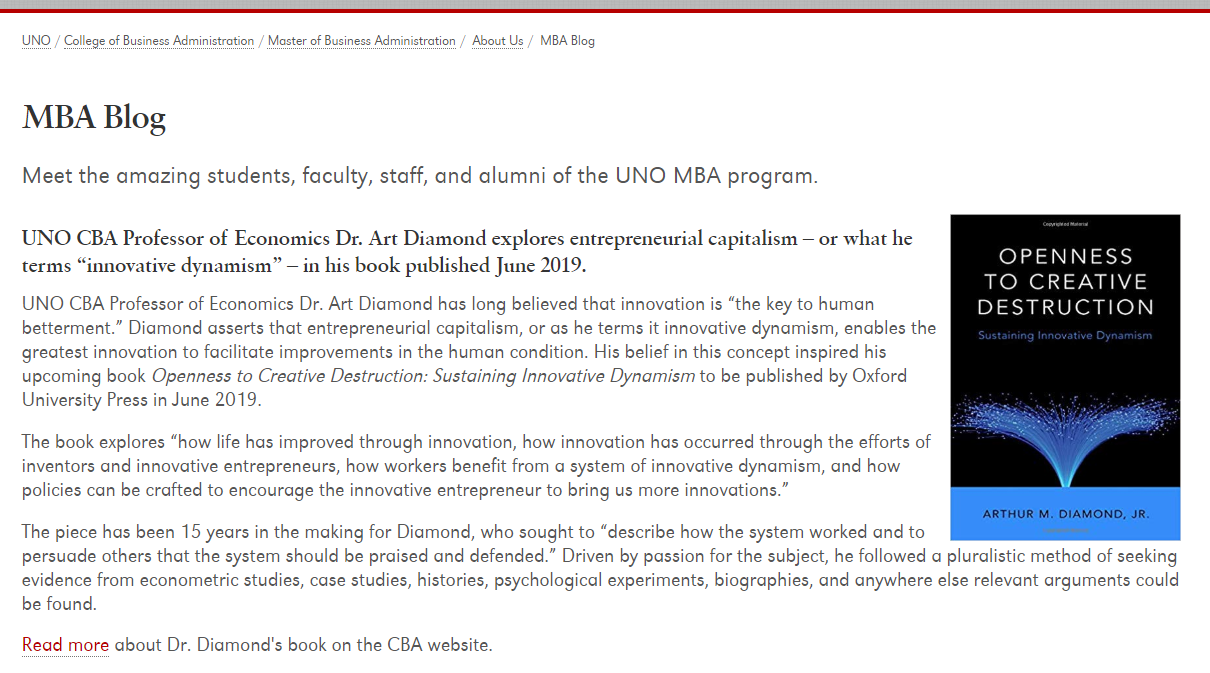(p. B12) In his paper “Life Histories, Blood Revenge, and Warfare in a Tribal Population,” published in the journal Science in 1988, Dr. Chagnon — though the surname is French, his family used an Anglicized pronunciation, SHAG-non — asserted that tribal societies were not typically peaceful, challenging a widespread view.
Anthropologists go wrong, he wrote, when they ignore evidence that aggression among men in tribal societies is so highly rewarded that it becomes an inherited trait.
Yanomami life was one of “incessant warfare,” he wrote. His data, collected over decades, he said, showed that 44 percent of Yanomami men over 25 had participated in killing someone, that 25 percent of Yanomami men were killed by other Yanomami men, and that men who killed were more highly esteemed and had more wives and children than men who did not.
Dr. Chagnon dismissed as “Marxist” the widespread anthropological belief that warfare in tribal life was usually provoked by disputes over access to scarce resources.
“The whole purpose and design of the social structure of tribesmen seems to have revolved around effectively controlling sexual access by males to nubile, reproductive- age females,” he wrote in his 2014 memoir, “Noble Savages.”
For the full obituary, see:
(Note: the online version of the obituary has the same date as the print version, and has title “Napoleon Chagnon, 81, Controversial Anthropologist, Is Dead.”)
The 2014 memoir mentioned above, is:
Chagnon, Napoleon. Noble Savages: My Life among Two Dangerous Tribes–the Yanomamo and the Anthropologists. New York: Simon & Schuster, 2013.


